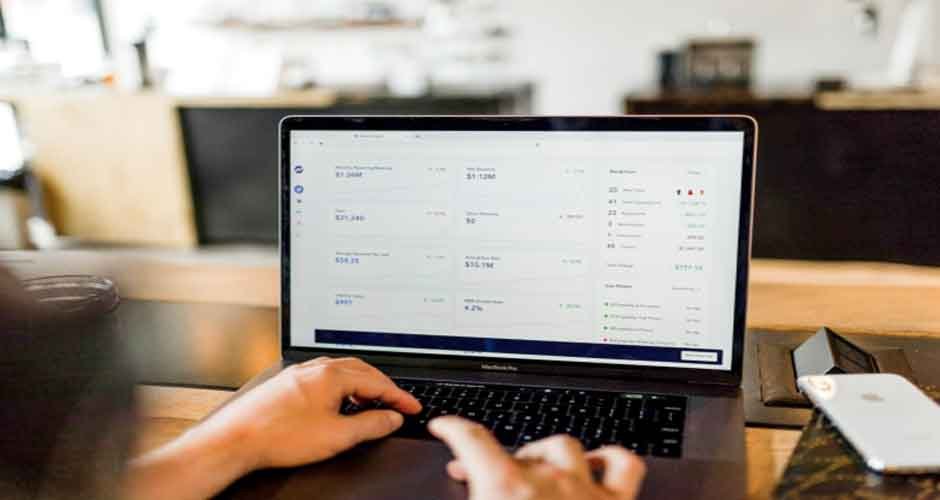
In today’s fast-paced digital landscape, where businesses increasingly rely on cloud-based solutions, Software as a Service (SaaS) has emerged as a game-changer, offering unparalleled flexibility, scalability, and accessibility. This shift has revolutionized how companies operate, allowing them to streamline processes, optimize workflows, and enhance collaboration like never before. However, amid this transformation, a pressing concern looms large: the security of SaaS applications and the sensitive data they handle.
With cyber threats evolving at an alarming rate and data breaches becoming all too common, the stakes have never been higher for businesses to prioritize security measures. Every day, organizations worldwide face the daunting task of protecting their valuable assets, safeguarding customer information, and preserving the trust of stakeholders. This imperative underscores the critical need for a robust SaaS protection checklist—a comprehensive roadmap that equips businesses with the tools and strategies necessary to fortify their defenses and mitigate potential risks.
Assessing Vulnerabilities
Understanding the crucial significance of protecting confidential information holds great value. To ensure robust SaaS security, the first step in creating a protection checklist is to assess vulnerabilities within your existing systems and processes. Conduct a thorough audit of all SaaS applications and platforms used within your organization to identify potential weak points. This assessment should include evaluating the security features provided by each SaaS provider, analyzing past security incidents, and assessing the level of access granted to users. By understanding your vulnerabilities, you can prioritize areas for improvement and allocate resources effectively to enhance security measures.
Establishing Access Controls
Access control is a critical component of any SaaS protection strategy, as it helps prevent unauthorized access to sensitive data and resources. Establishing granular access controls based on roles and responsibilities ensures that only authorized users can access specific features and information within SaaS applications. Implementing multi-factor authentication (MFA) adds an extra layer of security by requiring users to verify their identity through multiple means, such as passwords, biometrics, or one-time codes. Regularly review and update access permissions to align with organizational changes and minimize the risk of insider threats.
Implementing Encryption
Encryption is essential for protecting data both in transit and at rest within SaaS applications. Implement strong encryption protocols to safeguard sensitive information from unauthorized access or interception by malicious actors. Utilize encryption techniques such as Transport Layer Security (TLS) for securing data in transit and Advanced Encryption Standard (AES) for encrypting data at rest. Additionally, consider implementing end-to-end encryption for communication channels to ensure that data remains encrypted throughout its entire journey. Regularly review encryption practices and update protocols to align with industry standards and emerging threats.
Monitoring and Detection
Continuous monitoring and detection are crucial components of any robust SaaS protection strategy, serving as the frontline defense against evolving cyber threats and unauthorized access attempts. By implementing comprehensive monitoring tools and detection mechanisms, businesses can gain real-time visibility into user activities, system events, and network traffic within their SaaS applications. These monitoring solutions provide invaluable insights into potential security incidents, enabling security teams to swiftly identify anomalous behavior, suspicious patterns, or unauthorized access attempts. By setting up alerts and notifications, organizations can ensure that security personnel are promptly alerted to any deviations from normal usage patterns, allowing for immediate investigation and response.
Moreover, the implementation of Security Information and Event Management (SIEM) systems further enhances monitoring capabilities by centralizing security event data, correlating disparate information, and providing actionable intelligence. SIEM solutions empower organizations to proactively identify emerging threats, detect security breaches in real-time, and orchestrate a coordinated response to mitigate potential risks effectively.
Enforcing Compliance Standards
Ensuring compliance with regulatory requirements and industry standards is paramount for businesses operating in highly regulated sectors or handling sensitive data. By familiarizing themselves with relevant regulations such as the General Data Protection Regulation (GDPR), the Health Insurance Portability and Accountability Act (HIPAA), or the Payment Card Industry Data Security Standard (PCI DSS), organizations can align their SaaS protection strategies with legal mandates and industry best practices. Implementing controls and processes to enforce compliance with these standards is essential for mitigating legal risks, avoiding hefty fines, and safeguarding the privacy and security of sensitive information. Measures such as data encryption, access controls, and regular security audits play a pivotal role in demonstrating adherence to regulatory requirements and bolstering the overall security posture of the organization.
Collaboration with legal and compliance teams is crucial to ensure alignment with regulatory mandates and address any compliance gaps effectively. By working hand in hand with experts in the field, businesses can navigate the complex landscape of regulatory compliance with confidence, leveraging their expertise to develop tailored solutions that meet the specific requirements of their industry and geographic location.
Securing Third-Party Integrations
Many SaaS applications rely on third-party integrations to enhance functionality and streamline workflows. However, these integrations can introduce additional security risks if not properly managed. Assess the security posture of third-party vendors and integrations to ensure they meet your organization’s security standards and compliance requirements. Implement secure authentication mechanisms, such as OAuth or API keys, to control access to third-party services and minimize the risk of unauthorized data access. Regularly monitor and audit third-party integrations for security vulnerabilities and update protocols as needed to mitigate emerging threats.
Educating Employees
Employee education and awareness are critical components of any SaaS protection strategy. Train employees on best practices for securely using SaaS applications, such as creating strong passwords, recognizing phishing attempts, and reporting security incidents promptly. Conduct regular security awareness training sessions to keep employees informed about emerging threats and cybersecurity trends. Encourage a culture of security consciousness by promoting accountability and incentivizing compliance with security policies and procedures. Provide resources such as security guidelines, FAQs, and support channels to empower employees to make informed decisions and contribute to the overall security posture of the organization.

Creating a robust SaaS protection checklist is essential for businesses to safeguard sensitive data, maintain compliance with regulatory requirements, and protect against emerging cyber threats. By following the seven steps outlined in this article—assessing vulnerabilities, establishing access controls, implementing encryption, monitoring, and detection, enforcing compliance standards, securing third-party integrations, and educating employees—organizations can develop a comprehensive protection strategy to mitigate risks and maintain the integrity of their SaaS applications. Prioritize security as a fundamental aspect of your business operations to build trust with customers, partners, and stakeholders in an increasingly digital world.


